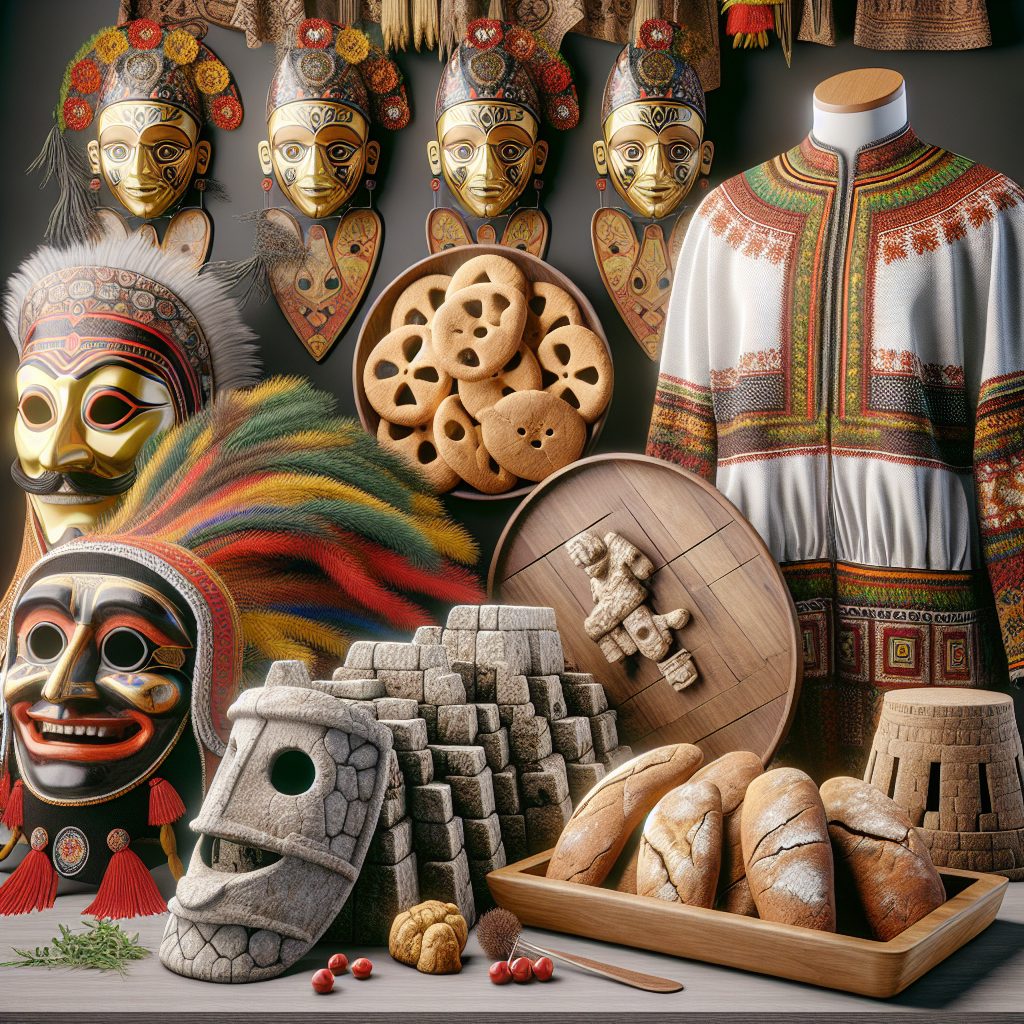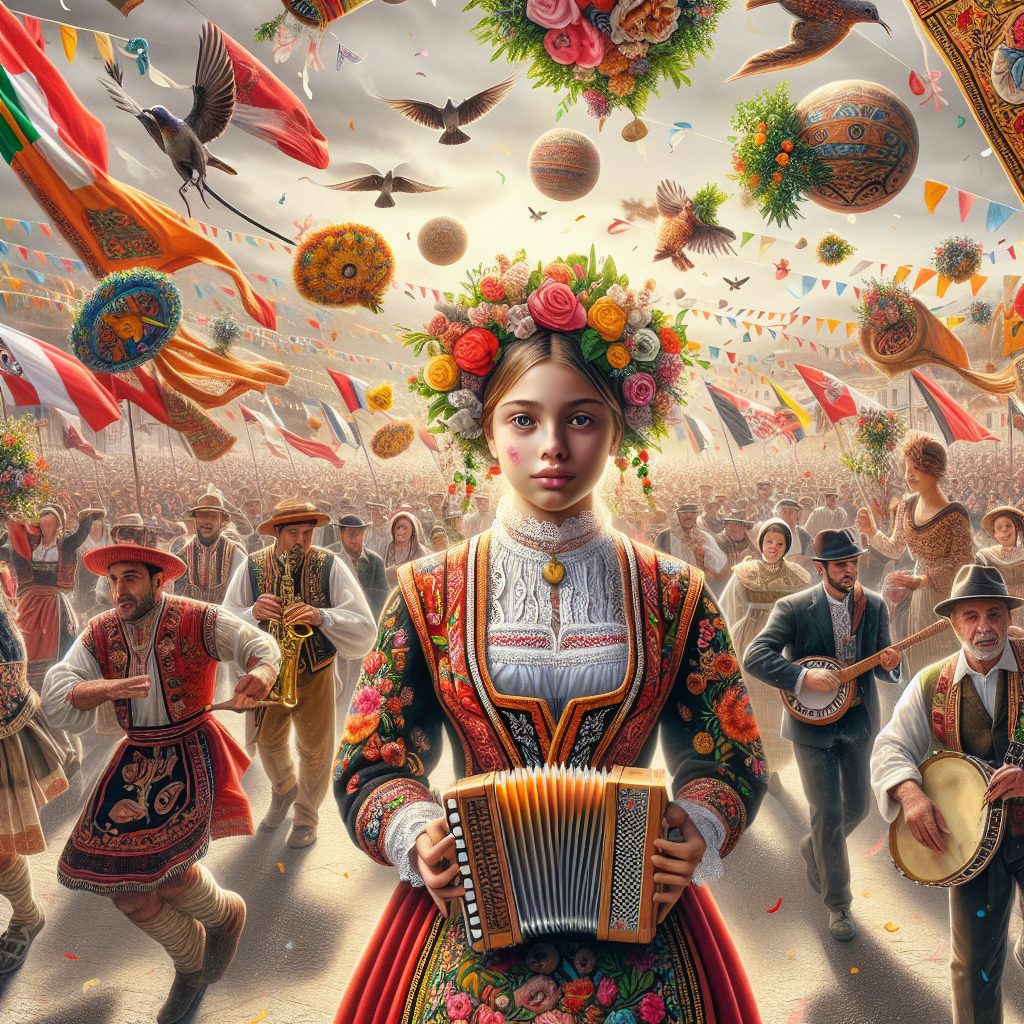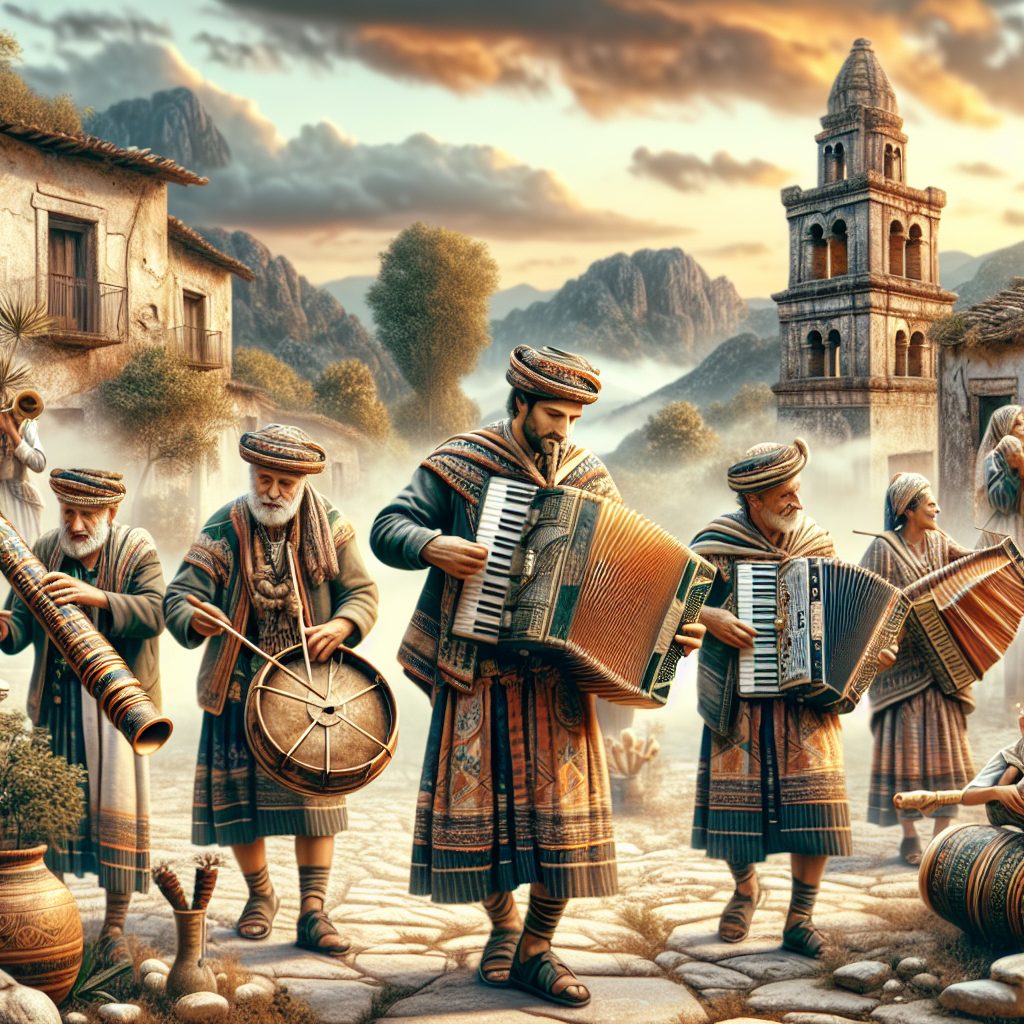Sardinian cultural heritage encompasses a rich tapestry of traditions, beliefs, and customs that have been passed down through generations on this enchanting Italian island. With a history dating back thousands of years, Sardinia has preserved its unique identity and distinct cultural practices, making it a fascinating destination for those seeking to explore its captivating heritage. From its vibrant festivals and culinary delights to its ancient nuraghe fortresses and dialects, Sardinia offers a truly immersive experience into the heart and soul of its people.
This centuries-old cultural heritage has had a profound impact on the local communities, shaping their way of life and inspiring a deep sense of pride and belonging. The distinct Sardinian folklore, characterized by traditional songs, dances, and costumes, serves as a living testament to the island’s rich history and the resilience of its people. Furthermore, the island’s cuisine, influenced by a blend of Mediterranean flavors and unique Sardinian ingredients, showcases the region’s agricultural roots and close bond with the land. These cultural facets not only define the island’s identity but also contribute to its allure as a tourist destination, attracting visitors from around the world to immerse themselves in the island’s rich cultural tapestry.
Moving forward, let’s delve into the key takeaways that shed light on the diverse elements of Sardinian cultural heritage. We will explore the colorful festivals that bring communities together, uncover the ancient architectural wonders that dot the island’s landscape, and savor the tantalizing flavors of Sardinian cuisine. Join us on this journey of discovery as we unravel the captivating layers of Sardinia’s cultural heritage, unveiling the treasures that make this island a truly extraordinary destination.
Key Takeaways
1. Sardinian cultural heritage is diverse and dynamic, incorporating influences from various civilizations throughout history, such as the Nuragic, Roman, Spanish, and Italian cultures.
2. The Nuragic civilization left an extraordinary legacy on the island, with their unique tower-like structures known as nuraghes, still standing today and recognized as symbols of Sardinia.
3. Sardinia’s cuisine is a delightful reflection of its cultural heritage, offering a rich array of traditional dishes like malloreddus, culurgiones, and porceddu, showcasing the island’s deep connection with its land and sea.
4. The religious traditions of Sardinia are deeply rooted and celebrated through various festivals and rituals, notably the Holy Week processions and the Sagra di Sant’Efisio, an annual pilgrimage honoring the patron saint of the island.
5. Sardinian traditional clothing, music, and dance are vibrant expressions of the island’s cultural identity, with the traditional costume reflecting regional variations and the captivating sounds of launeddas, guitarra battente, and cantu a tenore resonating throughout the island.
What is the Significance of Sardinian Cultural Heritage?
Sardinian Traditional Music and Dance
Sardinian cultural heritage boasts a rich tradition of music and dance. The island’s traditional musical forms enchant visitors with their unique rhythms and melodies. From the captivating sound of the launeddas, a traditional Sardinian woodwind instrument, to the energetic and captivating performances of folk dances like the ballu tundu and su passu torrau, Sardinian music and dance capture the essence of the island’s cultural identity.
The Nuragic Civilization
One of the most fascinating aspects of Sardinian cultural heritage is the ancient Nuragic civilization. Flourishing between 1800 and 238 BC, the Nuragic people left behind an impressive architectural legacy, characterized by their intricate stone structures known as nuraghe. These Bronze Age towers, some reaching up to 20 meters in height, are mysterious and awe-inspiring. Exploring the remnants of this ancient civilization is like stepping back in time and discovering the secrets of Sardinia’s past.
Sardinian Cuisine and Culinary Traditions
Sardinian cultural heritage extends to the island’s remarkable culinary traditions. The Sardinian cuisine is known for its simplicity and use of locally sourced ingredients. From the renowned pasta dish, malloreddus, to delicious seafood delicacies like bottarga and fregola, Sardinian cuisine offers a diverse and mouthwatering culinary experience. Additionally, the island is famous for its sheep milk cheese, including pecorino sardo, which holds a Protected Designation of Origin (PDO) status.
Festivals and Religious Celebrations
Sardinian cultural heritage is alive and vibrant in its festivals and religious celebrations. Throughout the year, various traditional events take place, showcasing the island’s customs and folklore. The Carnival of Sardinia, vibrant with colorful costumes and parades, is a highlight for both locals and tourists. Other important events include the Sagra di Sant’Efisio, a religious procession attracting thousands of participants, and the Faradda di li Candareri, a mesmerizing candlelit procession in honor of the city’s patron saint.
Traditional Arts and Crafts
Artistic expression plays a vital role in Sardinian cultural heritage. The island is known for its traditional arts and crafts such as weaving, pottery, and wood carving. Sardinian textiles, particularly the exquisite tapestries and intricately woven carpets, carry the mastery of ancient techniques. The craftsmanship of local artisans is evident in the beautiful ceramics showcasing delicate patterns and the intricate designs carved into wooden furniture. Exploring Sardinian arts and crafts is like delving into a world of creativity and skill.
Discover the Charm of Sardinia’s Cultural Heritage: Tips and Guides
1. Experience traditional Sardinian music and dance at local festivals and events. Immerse yourself in the lively atmosphere and witness the skillful performances up close.
2. Explore the awe-inspiring Nuragic ruins scattered across the island. Visit renowned sites like the Nuraghe Su Nuraxi in Barumini, a UNESCO World Heritage Site, to gain insight into the island’s ancient civilization.
3. Indulge in Sardinian culinary delights by trying local restaurants and markets. Don’t miss the opportunity to savor traditional dishes and regional specialties.
4. Plan your visit around the island’s festive calendar to witness the vibrant celebrations and parades firsthand. Join in the revelry, and allow yourself to be swept away by the joyous atmosphere.
5. Support local artisans by purchasing handmade crafts during your visit. From intricate textiles to beautifully crafted ceramics, these souvenirs are not only unique but also reflect the rich cultural heritage of the island.
Frequently Asked Questions
1. What is Sardinian cultural heritage?
Sardinian cultural heritage refers to the traditions, customs, art, architecture, language, and historical sites that have been passed down through generations in the Italian island of Sardinia.
2. What makes Sardinian cultural heritage unique?
Sardinian cultural heritage is unique due to its blend of influences from various civilizations, including the Nuragic civilization, Phoenicians, Romans, Byzantines, and Spanish. This rich historical background has shaped Sardinian traditions and customs that exist till this day.
3. Are there any UNESCO World Heritage Sites in Sardinia?
Yes, Sardinia is home to several UNESCO World Heritage Sites, including the archaeological site of Su Nuraxi in Barumini, the historical center of Cagliari, and the prehistoric settlements of the necropolis of Pantalica.
4. What traditional festivals are celebrated in Sardinian cultural heritage?
Sardinia is known for its vibrant traditional festivals, such as Sartiglia in Oristano, Carnival of Mamoiada, and Sant’Efisio procession in Cagliari. These festivals showcase the island’s folklore, traditional costumes, music, and dance.
5. How has Sardinian cultural heritage influenced its cuisine?
Sardinian cultural heritage has greatly influenced its cuisine, known for its distinctive flavors and local ingredients. Traditional Sardinian dishes include porceddu (suckling pig), culurgiones (stuffed pasta), and sebadas (sweet fried pastry).
6. What are the traditional crafts of Sardinian cultural heritage?
Sardinian crafts include the art of weaving, pottery, jewelry making, and traditional Sardinian knife craftsmanship. These crafts not only showcase the island’s skilled artisans but also preserve ancient techniques and designs.
7. Is Sardinian language considered a part of its cultural heritage?
Absolutely! The Sardinian language, a Romance language distinct from Italian, is considered an integral part of Sardinian cultural heritage. It is still spoken by a significant portion of the population, helping to preserve the island’s linguistic diversity.
8. Are there any traditional Sardinian musical instruments?
Yes, traditional Sardinian musical instruments include the launeddas (a triple-pipe reed instrument), tamburinos (small frame drums), and the guitar-like chitarra sarda. Music plays a vital role in Sardinian cultural events and festivals.
9. How have Sardinians preserved their cultural heritage despite modern influences?
Sardinians have managed to preserve their cultural heritage by passing down traditions, organizing cultural events, and actively participating in activities that promote and celebrate their customs. Additionally, the government and local organizations support initiatives to protect historical sites and traditional crafts.
10. Can tourists engage with Sardinian cultural heritage?
Definitely! Tourists can engage with Sardinian cultural heritage by visiting archaeological sites, attending traditional festivals, exploring local museums, tasting traditional cuisine, and purchasing handcrafted souvenirs. Immersing oneself in the island’s cultural heritage offers a unique and enriching experience.
Final Thoughts
Sardinian cultural heritage is a treasure that deserves recognition and preservation. From its ancient archaeological sites to its vibrant festivals and rich gastronomy, Sardinia offers a unique and captivating experience for both locals and visitors. By actively engaging with and supporting Sardinian cultural heritage, we contribute to the safeguarding of a heritage that has endured for centuries. Let us cherish this remarkable island and its cultural legacy, keeping it alive for future generations to appreciate and celebrate.






